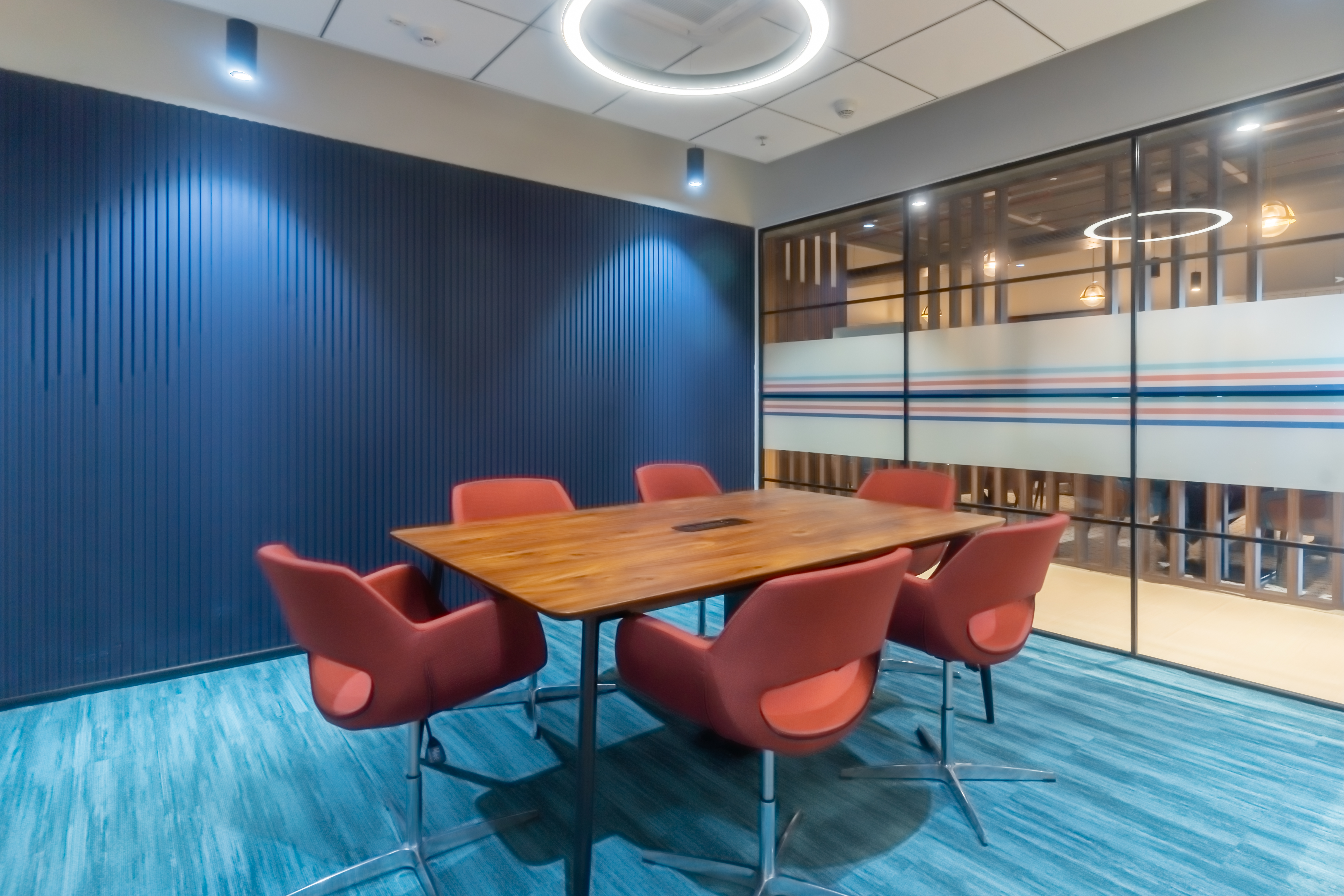Introduction
Office space today is more than square footage and fluorescent lights — it’s the nerve center of your team’s energy, creativity, and growth. Yet a single question often pops up: what is the difference between lease and rent for office space?
Over the years, this decision has become more critical to be made in India’s fast-paced commercial real estate market, arising out of an absorption of more than 50 million square feet of space across major cities in 2024 (Knight Frank India, 2025). Whether you are a scrappy start-up or a scale-up seeking stability, understanding the difference between lease versus rent will save you the hassle of stress, time and money.
Let us break it down for you so you can make the best decision for your team, your budget and your brand.
What is the difference between renting and leasing?
Though many people use lease vs rent interchangeably, there are important distinctions that affect cost, flexibility, and long-term strategy.
In simple terms:
- Renting usually means a short-term, flexible arrangement.
- Leasing typically means a longer-term, more structured agreement.
But let’s dig deeper to see what each really means.
Renting
When you are thinking about renting office space, think about being able to pack-up and move without too much drama. Typically with renting, there are monthly or quarterly agreements with shorter notice periods that are ideal for businesses that:
- Are just starting out
- Expect unpredictable growth
- Need temporary space to test a new market
One survey found nearly 44% of Indian startups have a preference for renting coworking-style offices for the flexibility and the limited lock-ins (Economic Times, 2024). Renting encourages flexibility and minimises long-term liabilities but could cost more month-to-month as opposed to being sure with a multi-year lease.
Leasing
On the other hand, leasing an office space gives you a predictable, stable setup. Typically, leases run for 3–5 years (sometimes even longer), letting you lock in rates and plan for steady expansion.
With leasing, you usually have:
- Negotiable terms for tenant improvements
- The ability to customise your interiors
- Better long-term budget control
According to JLL’s 2025 report, nearly 65% of large Indian corporations prefer leasing because it secures prime real estate for growth (JLL India, 2025). However, leasing also means more responsibility for repairs, compliance, and fit-outs, which not every small business may want to shoulder.
What are the similarities between renting and leasing?
While the difference between lease and rent is important, both share some common ground, especially in the commercial market:
- Both provide legal occupancy rights
- Both can include fit-out clauses
- Both require security deposits
- Both might involve shared amenities or facility management
At the end of the day, lease vs rent contracts are about gaining the legal right to occupy a space — they just structure that right differently.
Key things to consider when choosing between leasing and renting
Before you decide, keep these real-world factors in mind to weigh the lease vs rent difference properly:
- Growth plans: If you’ll double your team in 6 months, renting gives you a safety net.
- Budget: Leasing often saves money over years, but renting means lower upfront costs.
- Customisation: Leasing supports brand-oriented, custom-built interiors. Renting? Usually plug-and-play.
- Risk appetite: Leasing locks you in. Renting gives you an escape hatch.
- Market cycles: With commercial vacancy rates hovering at 15% in Q1 2025 (CBRE India, 2025), you might even negotiate great short-term rental rates.
Here’s a quick checklist to help you decide:
- Do you need flexibility? Rent.
- Do you want stability? Lease.
- Is your brand presence critical? Lease with custom interiors.
- Are you exploring new markets? Rent first, then decide.
Conclusion
The difference between lease and rent is more than just paperwork. It is about how you potentially create your team, risk management, and ultimately, how you either develop a workspace that works for them or, frankly, against them. Lease-wise, it is more for an established business with a stable outlook; rent-wise, it is the angel for hyperactive startups and teams working on projects who do not want the baggage of long-term commitment.
In India’s fast-evolving commercial landscape, where businesses of all sizes are adapting at a rapid pace, it’s essential for every entrepreneur to clearly understand the difference between a lease and rent. This isn’t just a real estate decision—it reflects a strategic business stance.
Do you want to improve your place of employment? Through seamless office design and construction, you can create a cutting-edge and future-ready workspace. You can also take advantage of Awfis’s nationwide network of enterprise-grade managed offices, flexible coworking spaces, and meeting rooms. Awfis gives you the flexibility to design, create, and run your workplace however you see fit, whether you’re a rapidly growing startup or an established business. With just one reliable name, find a better way to work.
FAQs
-
Is renting more expensive than leasing?
Generally yes, on a month-to-month basis, renting costs more, but leasing requires a larger long-term commitment.
-
What is the average lease length in India?
Commercial leases typically last 3–5 years, though 9-year terms are also common in bigger cities (JLL India, 2025).
-
Can I customise a rented office?
Usually, customisation in rented offices is limited to furniture and layout tweaks. Leasing gives you more customisation freedom.
-
Which is better for a growing team?
If you’re scaling fast and unsure of your headcount, renting gives you the wiggle room to change plans.
-
Does Awfis offer both options?
Yes! Awfis provides flexible coworking memberships (essentially renting) as well as enterprise leasing options for larger teams, so you can pick what works best.




